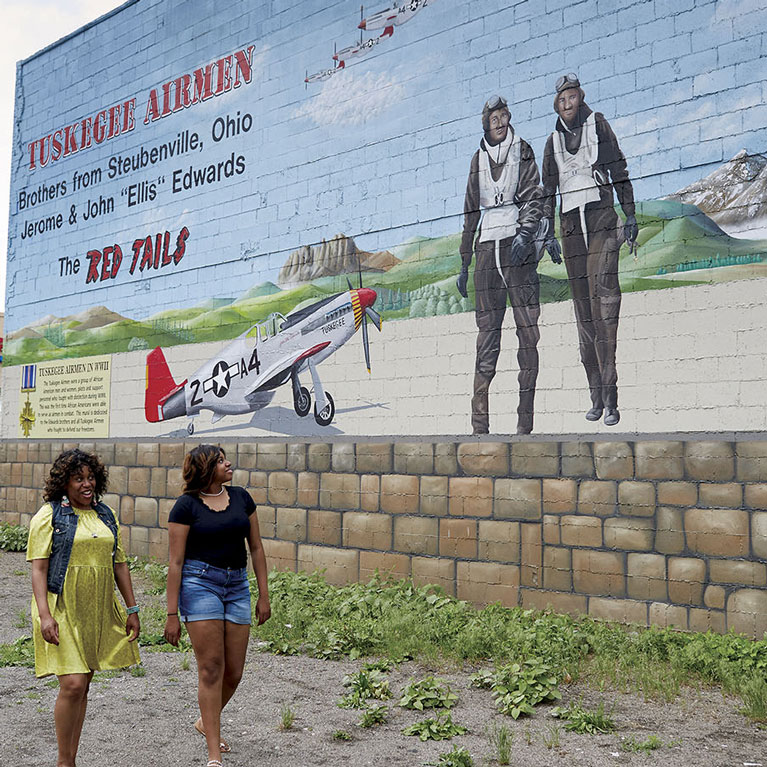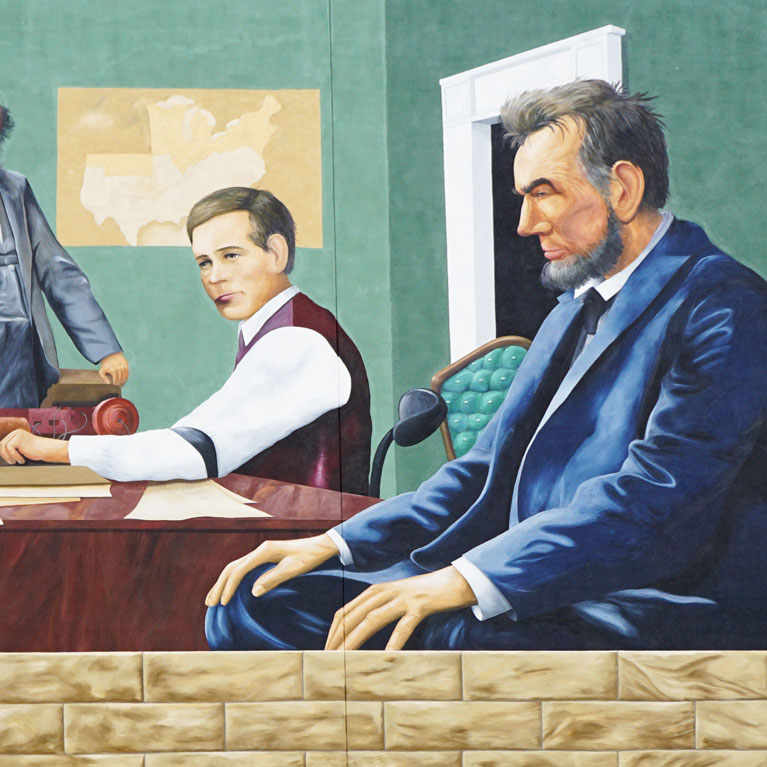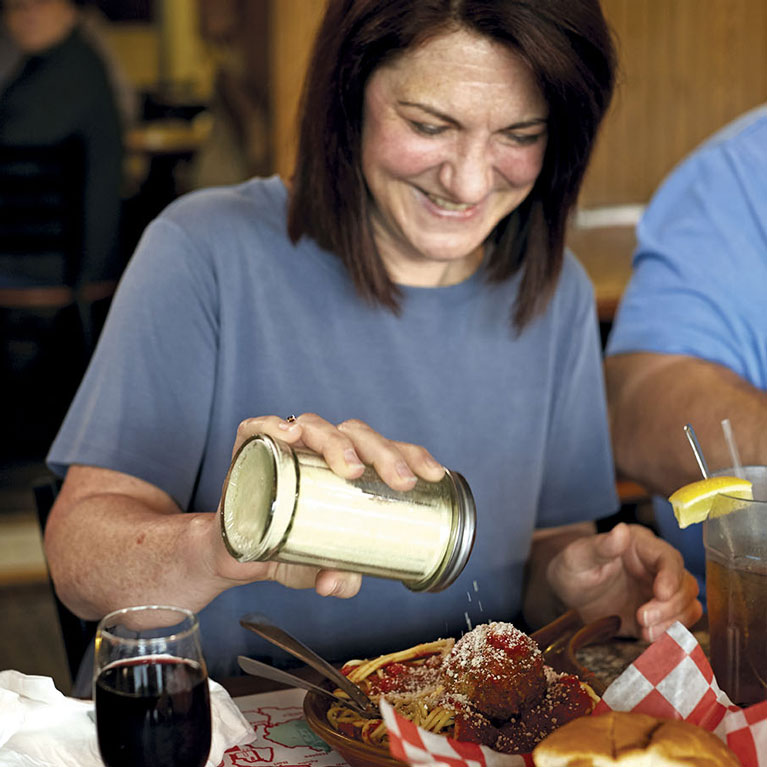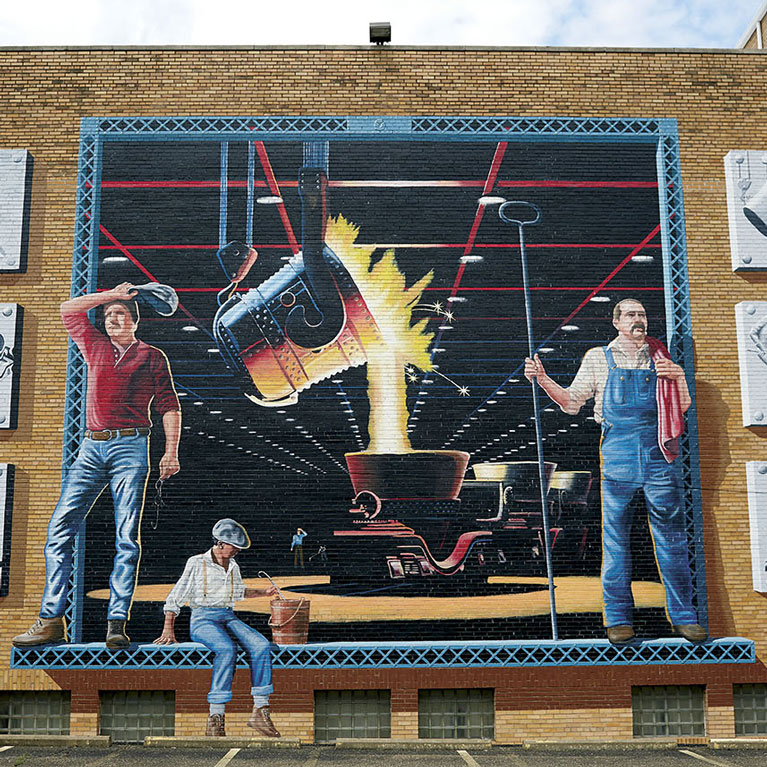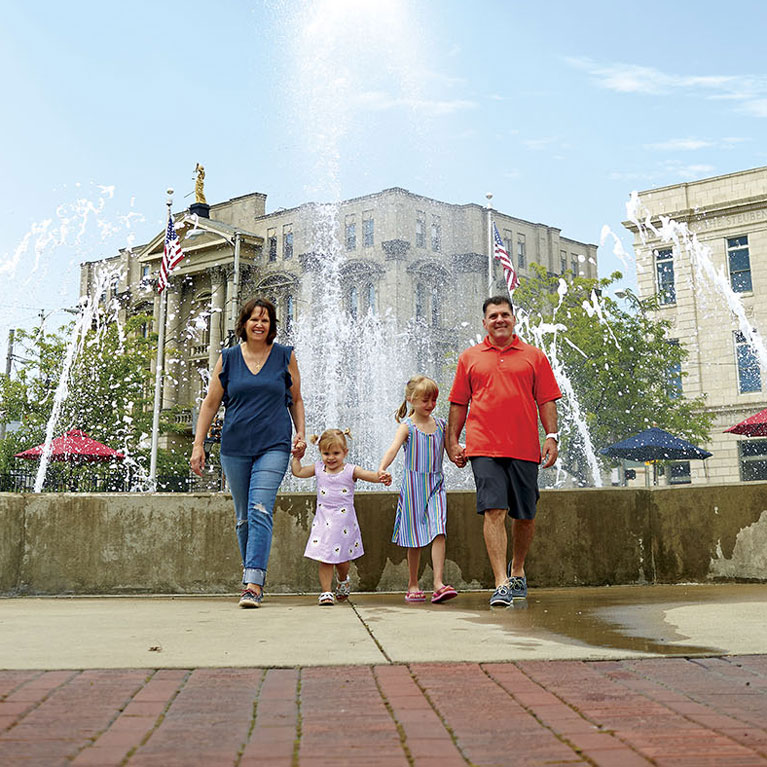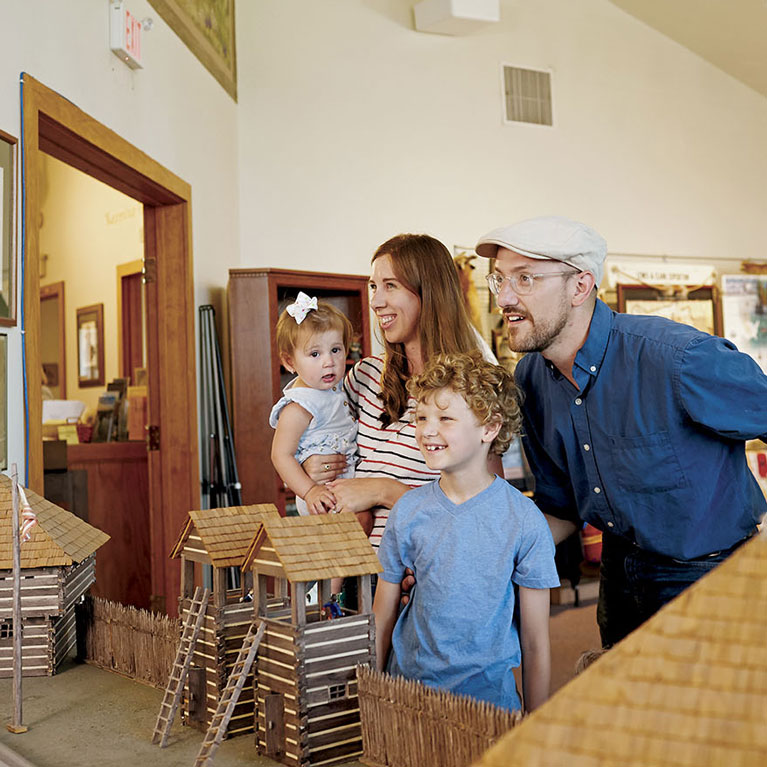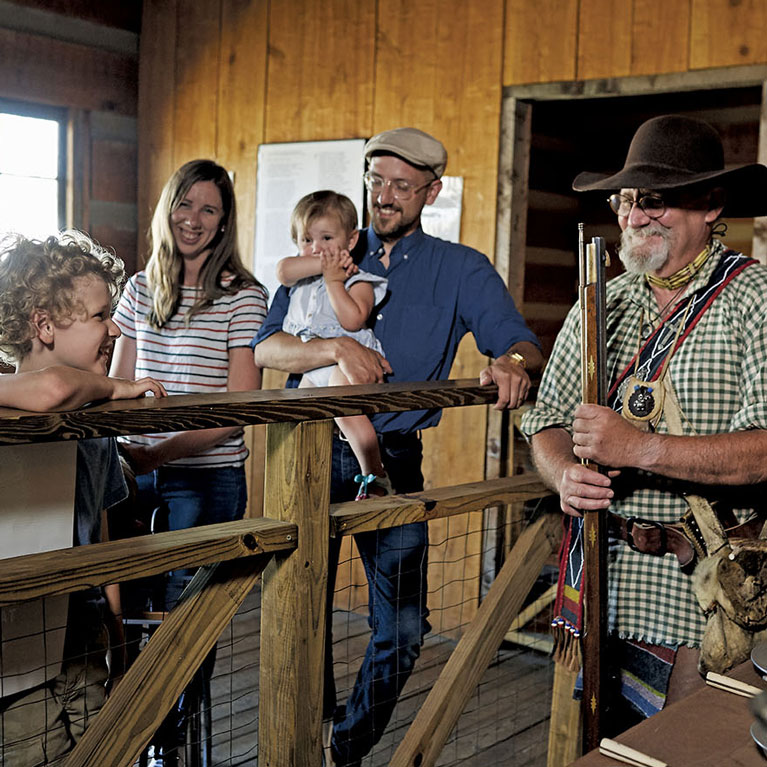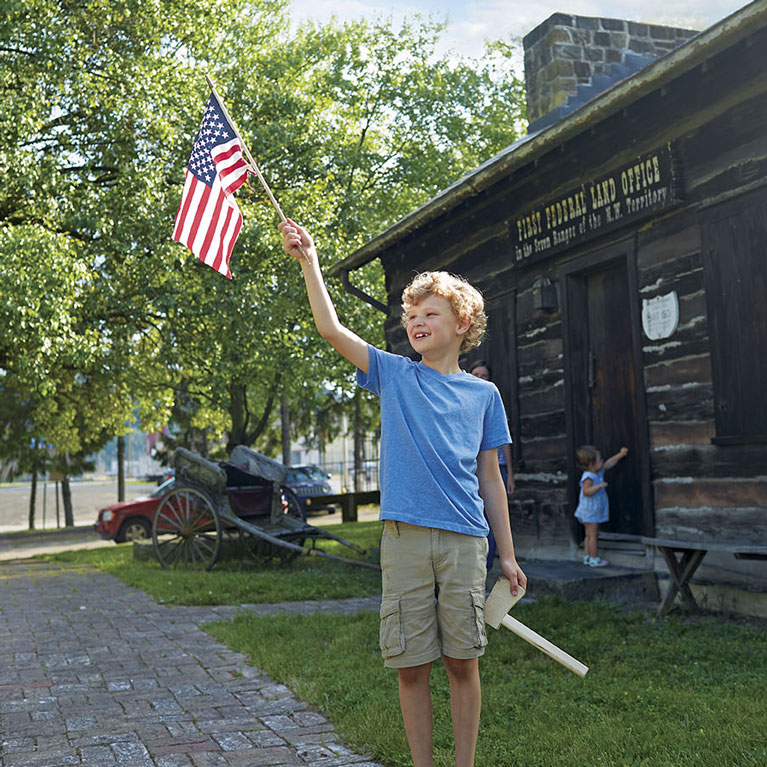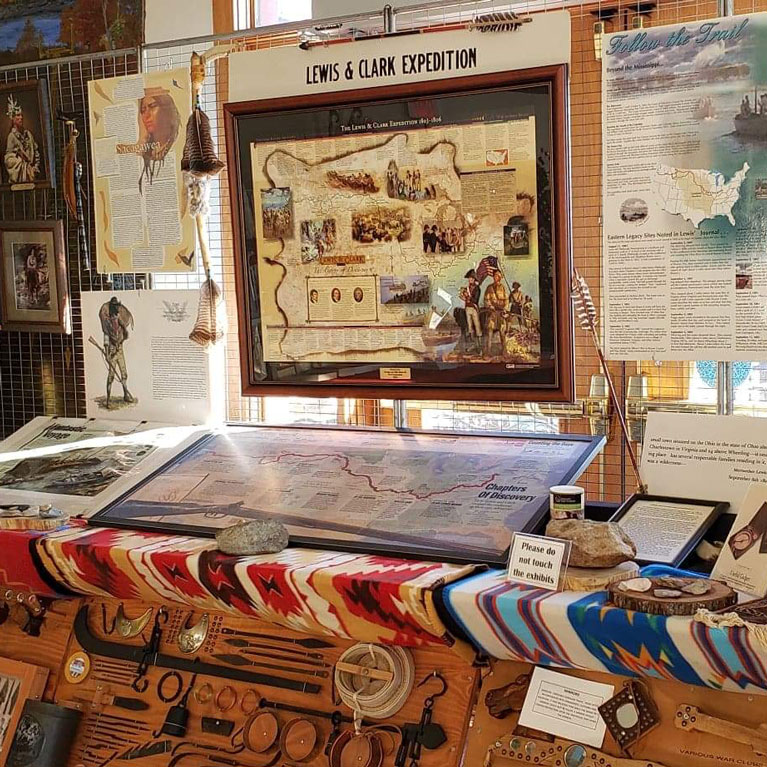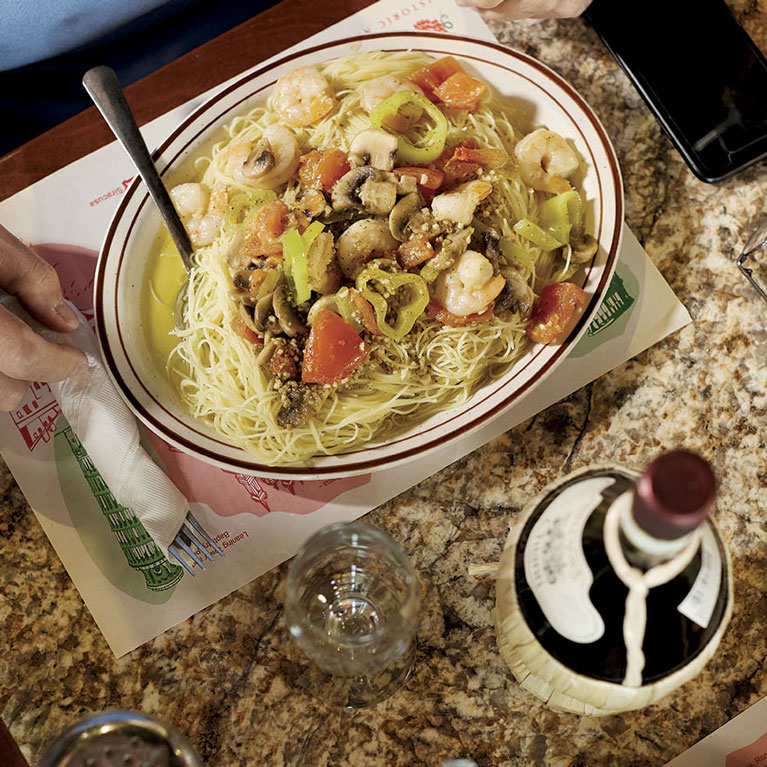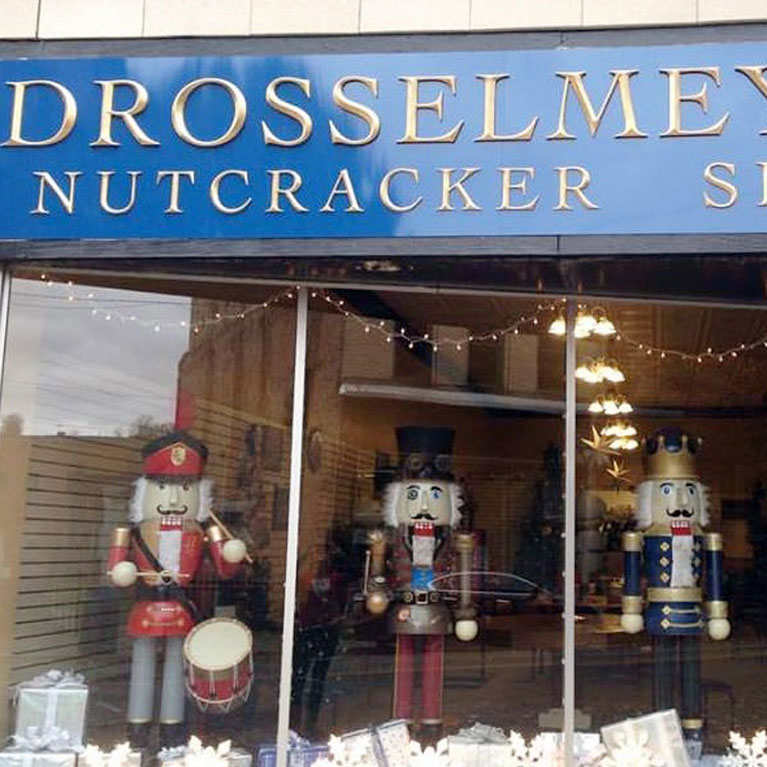Shopping Spree
Don’t be surprised if you start humming Tchaikovsky’s “Dance of the Sugar Plum Fairy” while stepping inside Drosselmeyer’s Nutcracker Shoppe on Fourth Street. Along with nutcracker ornaments, coloring books and — of course — nutcrackers, the emporium sponsors holiday hikes, hayrides and an annual Nutcracker Story Walk. Other Steubenville shops include Something Special by Sheila, which lives up to its promise with a boutiqueful of baby clothes, bath products, jewelry and seasonal décor. The three-story Antique Warehouse features over 40,000 square feet and 100 dealers ready to help you discover one-of-a-kind finds, ranging from housewares to furniture and toys.
Spiritual Space
Embrace the splendor of architectural wonders that are present in 17 churches dotting the town. St. Paul’s Episcopal Church was established in 1792, and the current building dates from 1870. Its Low Gothic architecture includes four vibrant and iridescent Tiffany windows. First Christian Church, one of the oldest churches in Ohio belonging to Disciples of Christ, was built in 1898, and mirrors the architectural styles of pseudo-Romanesque and Gothic design popular in the late 19th century. The pipe organ was installed in 1914 with financial support from steel magnate Andrew Carnegie. Other magnificent houses of worship abound, including Westminster Presbyterian Church, constructed in 1914, which features a bronze plaque bearing the names of more than 300 parishioners who served in World Wars I and II, and a baptismal font that was dedicated in 1914. Tours of these churches are available by appointment.

